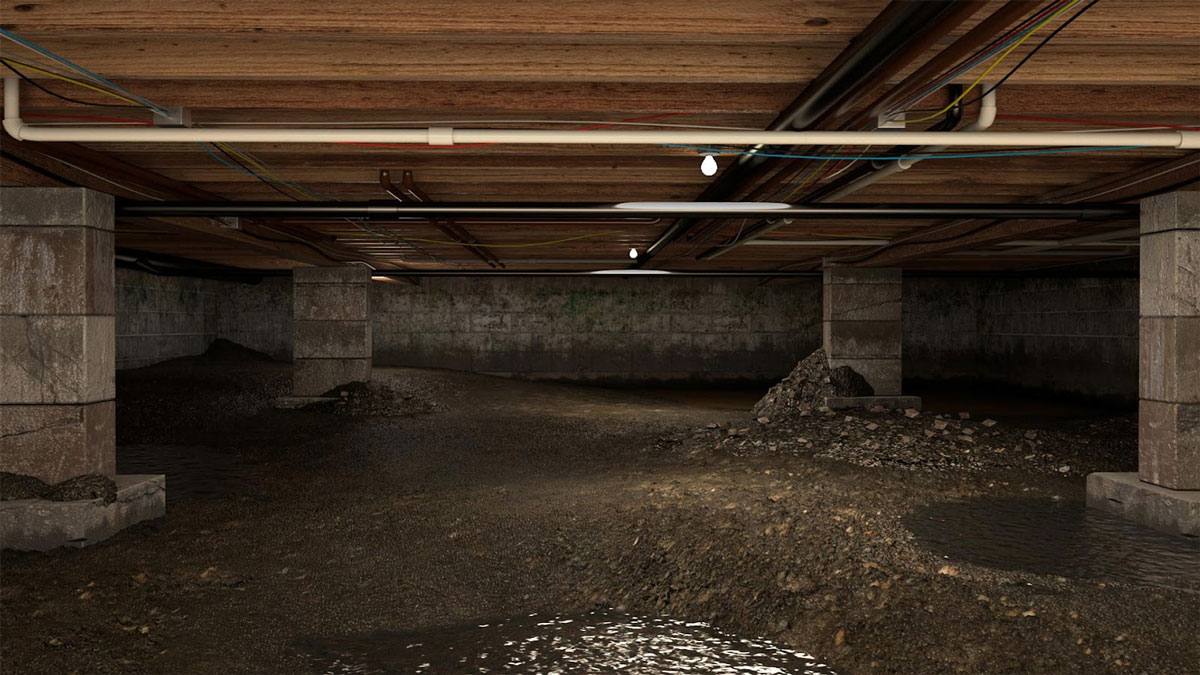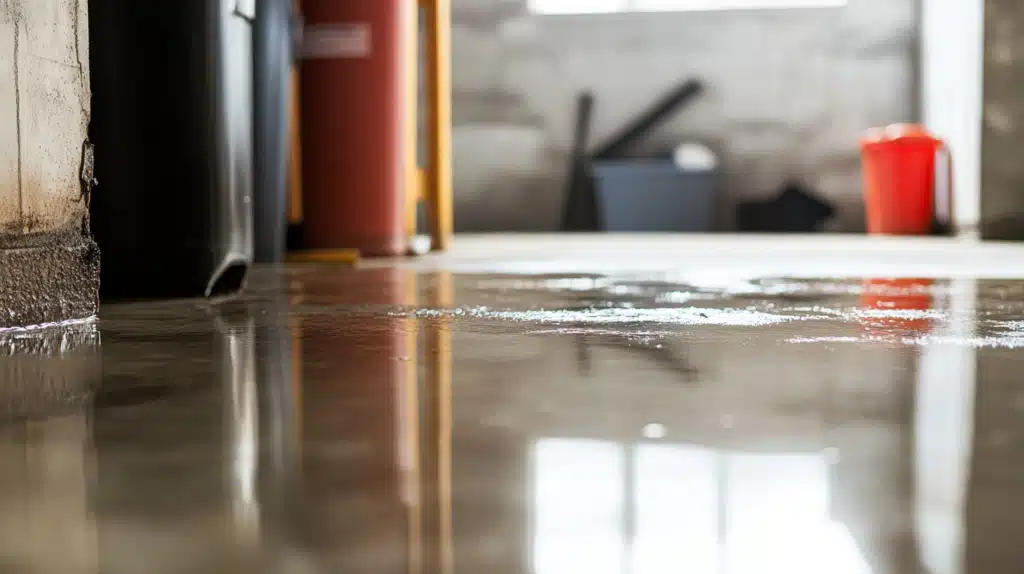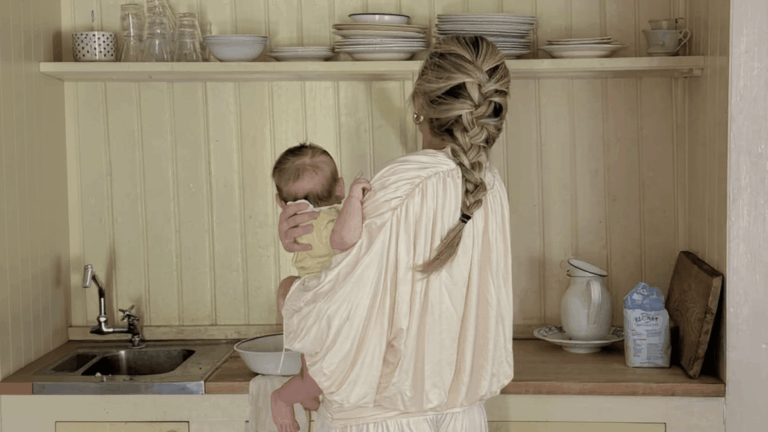Aside from the roof, your home’s basement foundation could be the most important aspect of its engineering and construction. Spring a leak in either of them, and you’re in trouble. A roof leak can be repaired easily and relatively inexpensively by replacing a few shingles or sealing some flashing. But basement foundation leaks are a far trickier beast. Fixing them could potentially cost thousands.
According to the professionals at Leak Science, a Scottsdale water leak detection company, no one wants to discover a leak in their home, especially if it’s a big leak that is causing damage. But if there’s one thing you can count on as a homeowner, at some point, a leak will occur in your house, be it in the basement or elsewhere. Detecting them as soon as possible will assist greatly in preventing serious water damage, saving you money in the end.
That said, how can you go about determining if your basement has sprung a leak? A recent report by Angi states that a home’s foundation is always exposed to the elements. It’s also said to serve as “the first line of defense” to keep the ground moisture from seeping into the home and causing significant damage. What’s unfortunate is that a damaged foundation leaves your home prone to water intrusion, which can cause problems with the building materials inside and outside your living space.
With this in mind, it’s important to know what to look for in a basement foundation leak. Letting one go for too long can spell disaster.
Visible Water
If you see standing water on your basement floor or in a crawl space, it means one sure thing: water damage. It’s possible you might even notice water trickling in through cracks in the concrete wall, which means you have a drainage problem within the home’s exterior. Water on the floor can also mean a broken water pipe.
Moisture Under Your Home

If upon entering your basement and/or crawl space you feel damp air, that’s a sure sign of moisture issues. Since damp air is said not to be as severe an issue as standing or visibly leaking water, it can lead to damaged building materials and molds. It can also lead to decreased if not dangerous air quality in your living spaces, which can lead to chronic lung disorders.
Existing Efflorescence
Said to be a powdery white substance that forms on the interior of your foundation walls, efflorescence is made up of gray/white minerals that are left behind after runoff seeps through the pores in the concrete wall and evaporates beneath your home’s foundations.
It’s probable you will notice efflorescence along with the damp air inside the basement spaces due to the intruding water that produces the minerals and increases the home’s overall humidity.
Infestation of Pests
According to Angi, moisture attracts rodents and pests. This means that water leaks in your home can result in pest infestation. Some of these pests include termites, carpenter ants, mice, raccoons, and even rats.
Cracks in the Foundation
Not all cracks mean there is water damage occurring to your basement foundation and walls. However, cracks will make it much easier for water and moisture to seep into the basement, which means it’s essential you hire a professional to seal them up. If you touch the cracks and notice they feel damp, especially after it rains, you most definitely have sprung a leak, or are about to.
Water that Pools Around Your Home
During heavy rainfall, you should look for water that pools on the soil directly beside your home’s foundation. If the water is pooling, this could indicate “clayey soil,” which is said to expand against the concrete foundation and heighten the risk of water and/or water vapor getting inside the concrete and causing major issues on the home’s interior.
Standing water that collects during and after a rainstorm can also indicate your soil is saturated, which means you have a drainage problem and require a new French drain system to alleviate it.
Musty Odors and Mold Growth
As humid air and water saturates the ground under and around your home, it causes mold growth on the underside of the first-floor flooring and on the foundation walls. If you are smelling musty odors in your basement, crawl spaces, or living space, or you see black mold growth in the basement, it’s a warning sign that ground water is seeping in and getting trapped.
If your basement has sprung a leak, it’s nothing to take lightly. At best, it will cost you money to have it properly repaired. But at worst, it could create molds that pose dangers to your lungs.


















